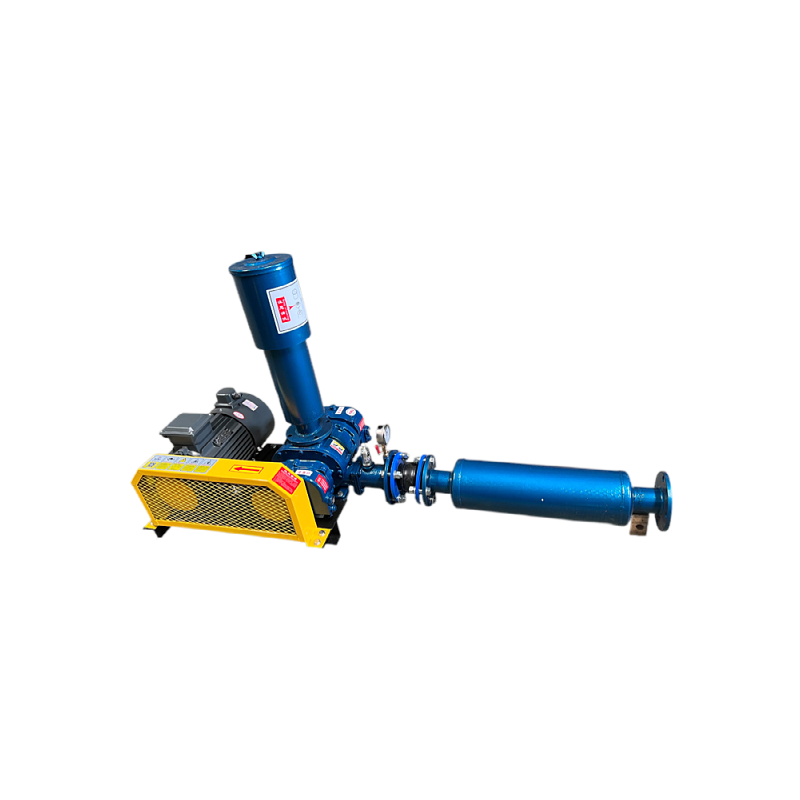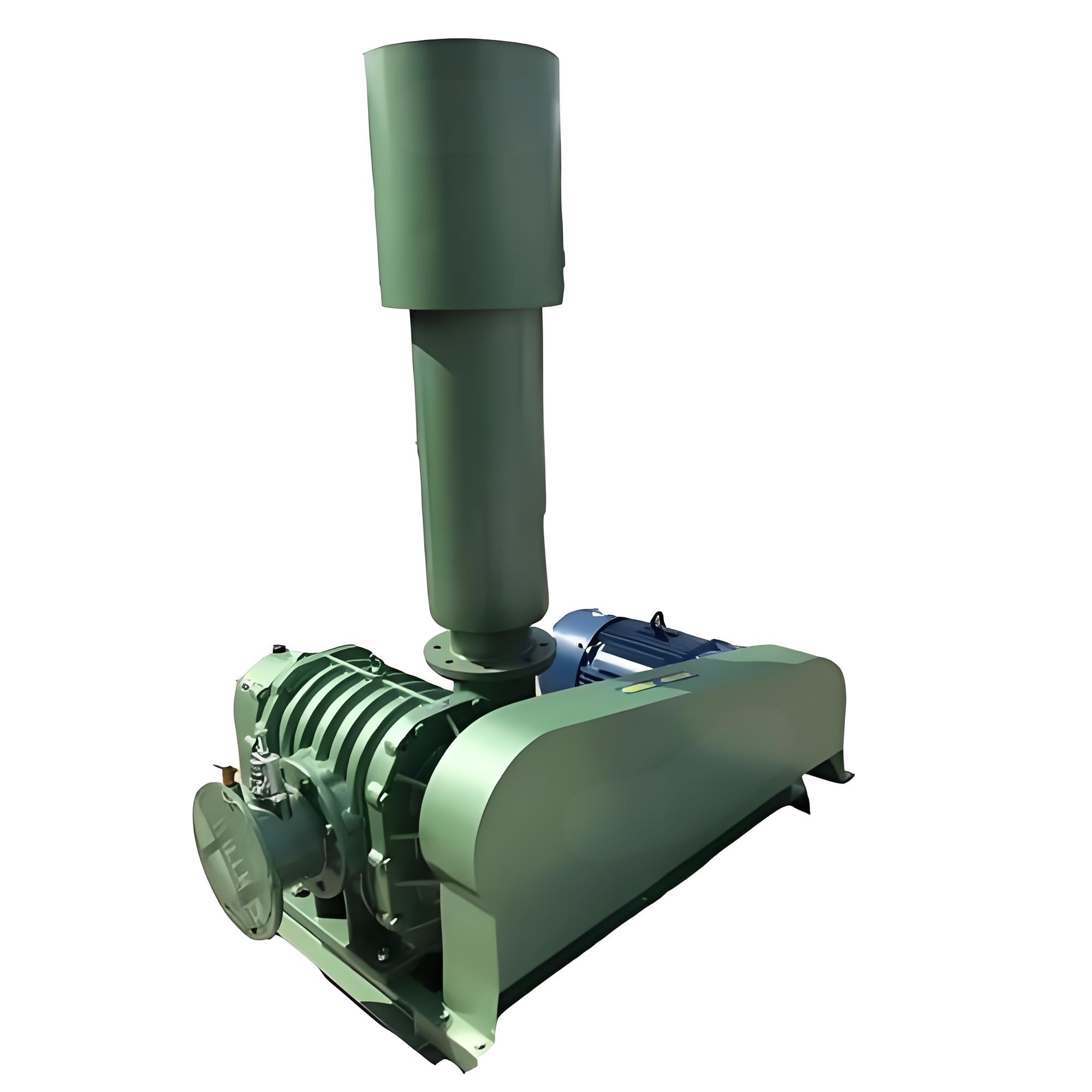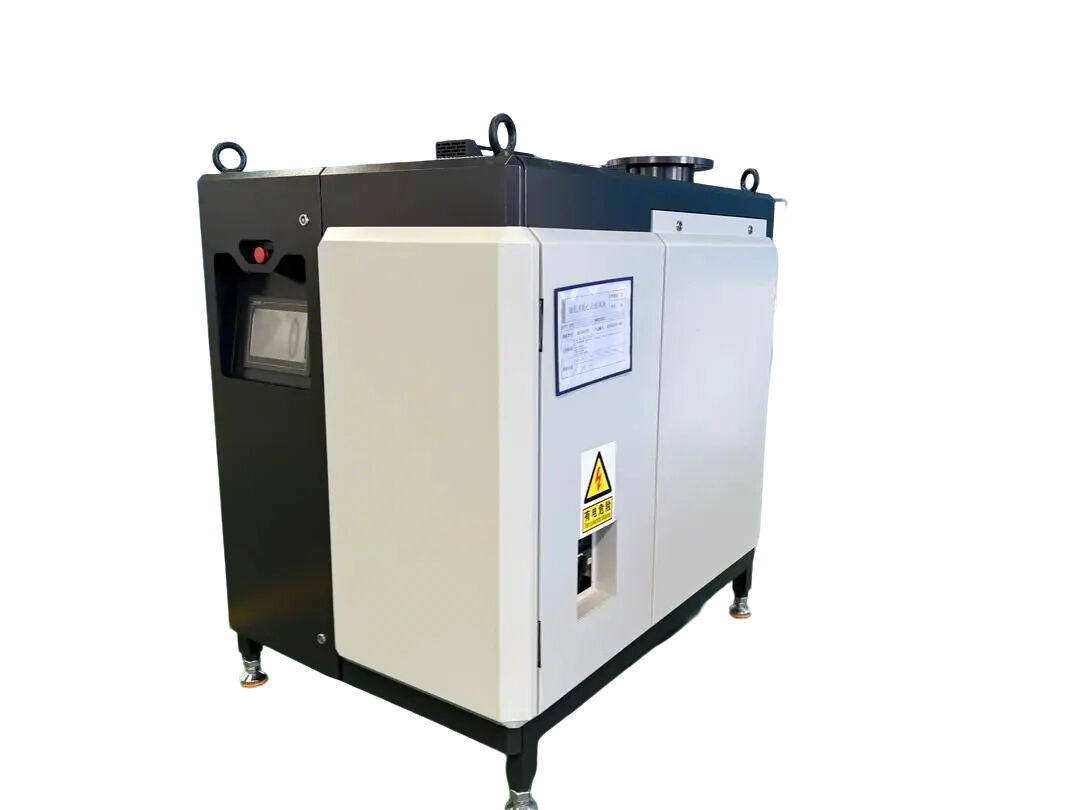blower for aeration tank
A blower for aeration tank is an essential piece of equipment designed to supply oxygen-rich air to wastewater treatment processes. This sophisticated system combines advanced engineering with efficient performance to maintain optimal dissolved oxygen levels in aeration tanks. The blower operates by drawing in atmospheric air and compressing it before delivering it through diffusers at the bottom of the tank. This process creates fine bubbles that rise through the wastewater, maximizing oxygen transfer efficiency and promoting the growth of beneficial microorganisms. The system typically features variable frequency drives that allow for precise control over airflow rates, ensuring energy-efficient operation while maintaining required oxygen levels. Modern aeration blowers incorporate smart monitoring systems that continuously adjust performance based on real-time oxygen demand, reducing energy consumption and operational costs. These units are available in various configurations, including positive displacement, centrifugal, and turbo blowers, each suited to different application requirements and tank sizes. The robust construction ensures reliable operation in demanding industrial environments, while advanced sound insulation technology minimizes noise pollution. Additionally, these blowers are designed with maintenance-friendly features, including easy-access panels and modular components, facilitating regular servicing and repairs.



